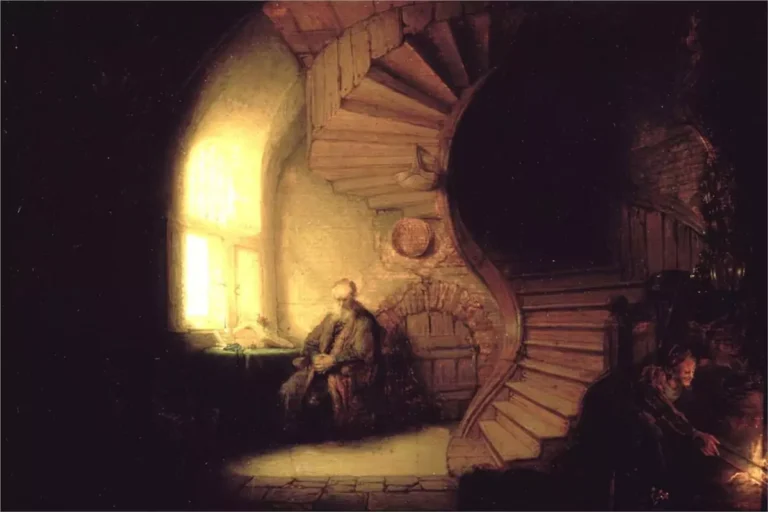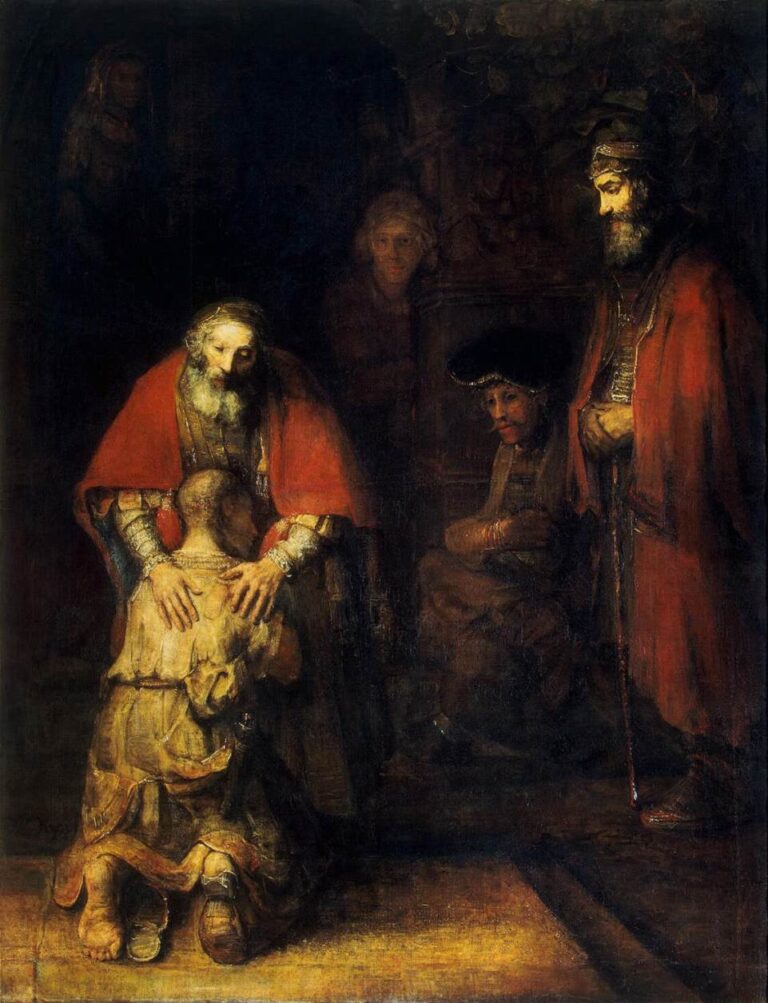Looking for a muse? Check no further. Discover the Best of Art, Culture, History & Beyond!
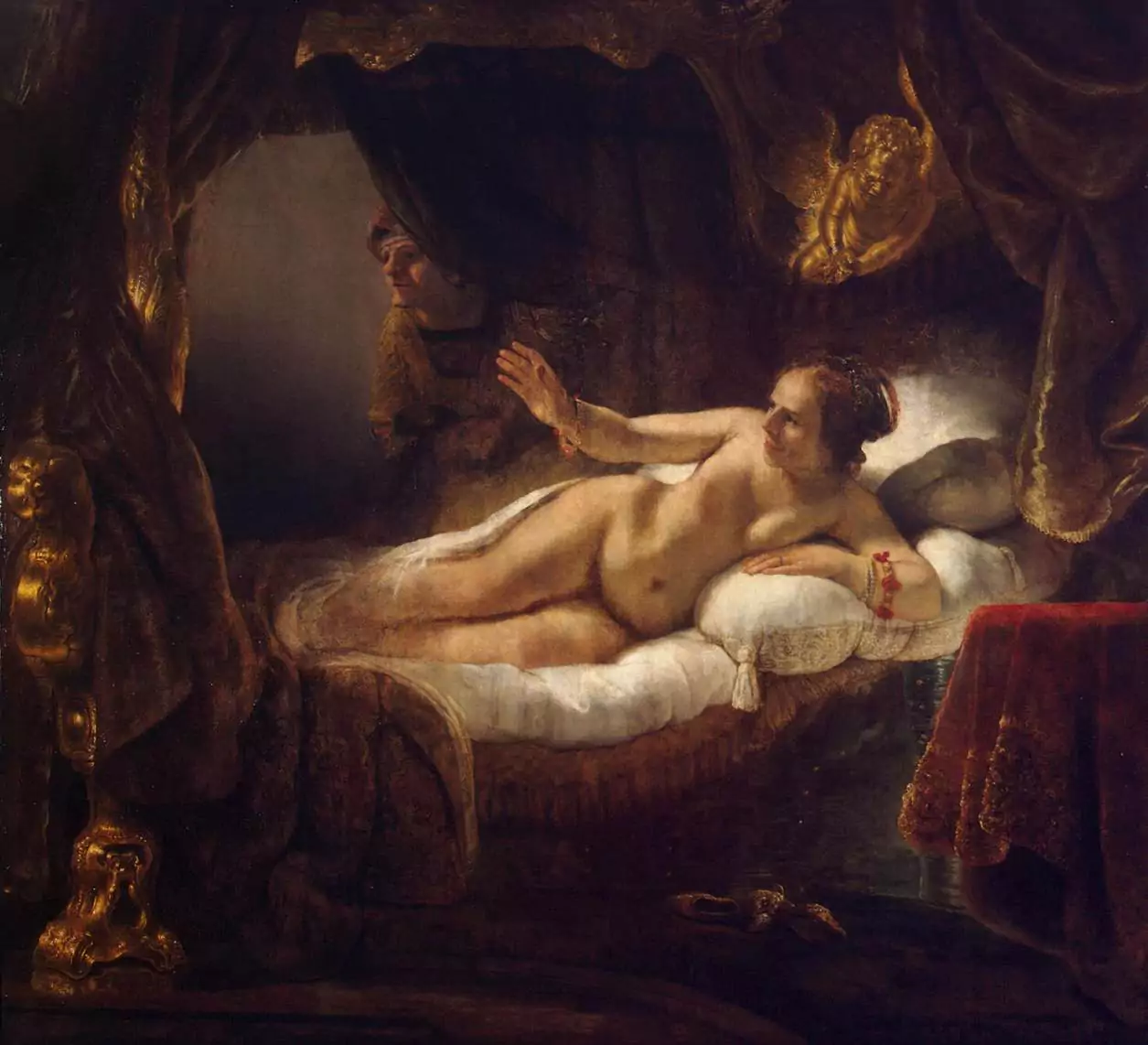
Lives, Influence, and Tragic Fates of the Three Most Important Women in Rembrandt’s Life
The Faces Behind the Masterpieces
Rembrandt van Rijn, the Dutch master of light and shadow, painted some of the most evocative portraits in art history. But behind his brilliance were three women—Saskia van Uylenburgh, Geertje Dircx, and Hendrickje Stoffels—each playing a unique role in his personal life and artistic evolution. Their influence shaped not only his emotions but also the way he approached portraiture, intimacy, and human expression.
These women were more than muses; they were Rembrandt’s partners, supporters, and, in many ways, his tragic companions. Their stories, filled with love, betrayal, resilience, and sorrow, provide a deeper understanding of the artist beyond the canvas. Let’s step into the golden glow of Rembrandt’s world and meet the women who defined his journey.
Saskia van Uylenburgh: The Muse of Love and Fortune
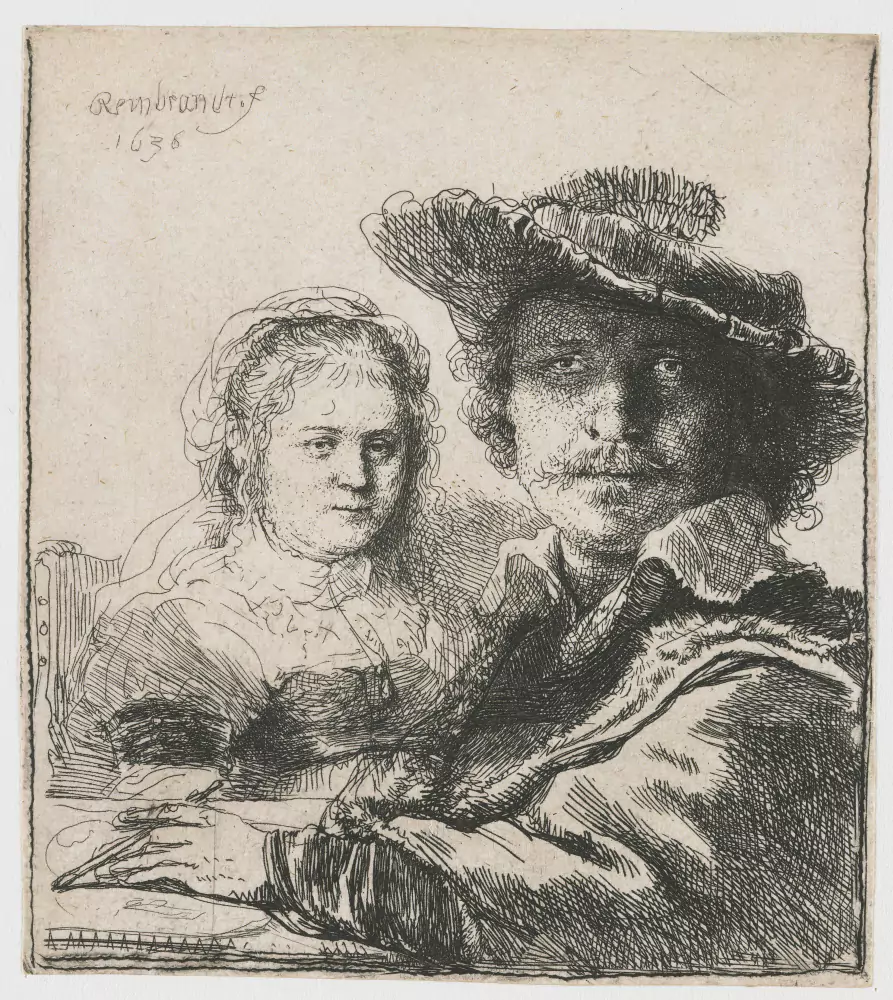
A Prosperous Beginning, An Ideal Marriage, and Rembrandt’s Greatest Joy
Saskia van Uylenburgh was the perfect match for a rising young painter. Born into a wealthy family, she brought financial stability and high social status to Rembrandt. Their marriage in 1634 marked the happiest period of his life, reflected in his glowing, affectionate portraits of her. You can see the warmth in Saskia as Flora (1635), where she appears as a goddess of spring, crowned with flowers, her cheeks full of life.
A Subject of Endless Inspiration, A Face of Tenderness, and the Soul of His Paintings
Saskia was more than a wife—she was Rembrandt’s favorite subject. He painted her in various roles, from a queen to a biblical heroine. Unlike many artists who used professional models, he looked to his beloved for the most expressive faces. In Self-Portrait with Saskia (1636), the couple is caught in a moment of joy, with Rembrandt beaming while Saskia playfully rests on his lap.

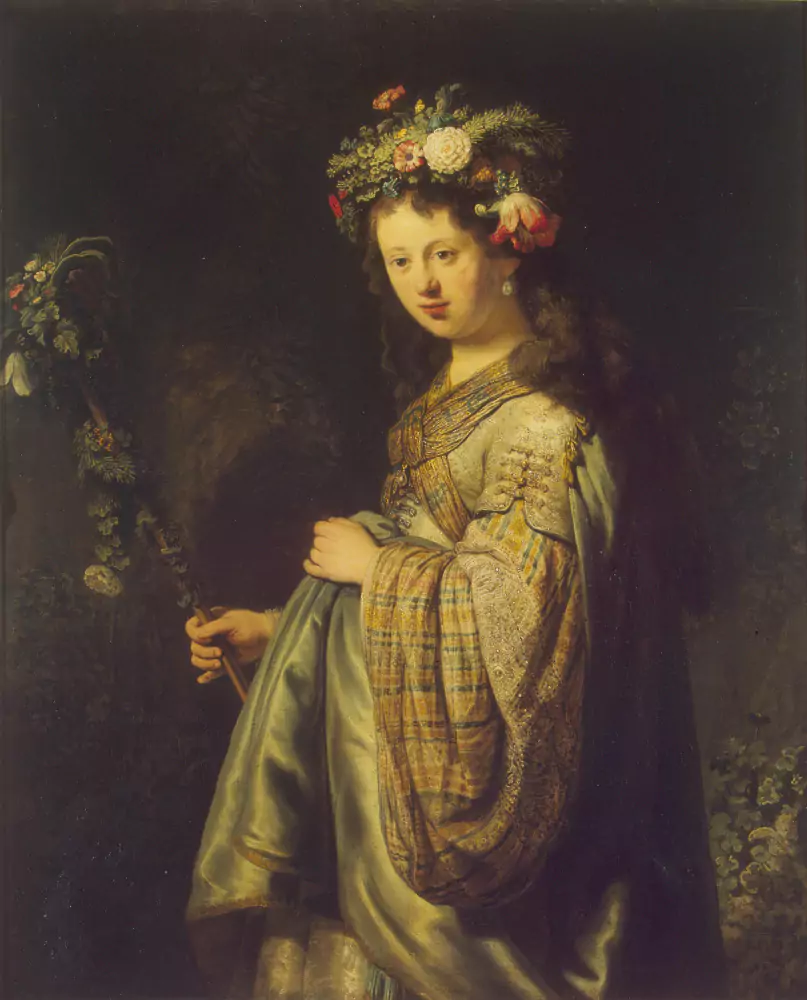
A Tragic Loss, A Grieving Husband, and the Darkness That Followed
But happiness was short-lived. Saskia suffered from illness after giving birth to their son, Titus, and passed away in 1642, leaving Rembrandt devastated. Her death marked the beginning of his financial struggles and emotional descent. His paintings grew darker, reflecting grief and loneliness. Without Saskia, the golden glow of his work dimmed.
Geertje Dircx: The Bitter Turn from Love to Legal Battles
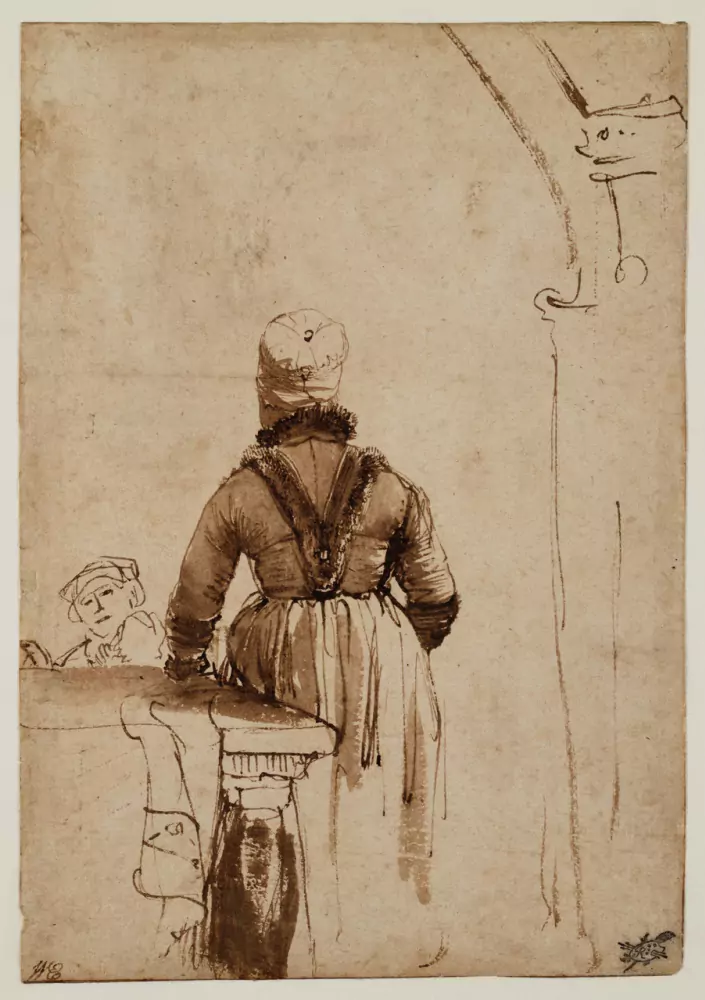
A Housekeeper Turned Lover, A Motherly Presence, and a Woman in the Shadows
After Saskia’s death, Rembrandt found solace in Geertje Dircx, a former nursemaid to his son. She was a practical woman who helped him through his sorrow, but their relationship was complicated. Unlike Saskia, she never became his official wife. Instead, she lived in his home as a caregiver and companion—an awkward position in a society that demanded marriage.
A Muse of Turbulence, A Shift in Artistic Style, and Passion Turned Sour
Geertje influenced Rembrandt’s later works, appearing in his sketches and etchings with a more mature, melancholic expression. Their love, however, soured over time, turning into one of the most bitter episodes of his life. When she pressured him for marriage and claimed he had promised to wed her, Rembrandt retaliated in a cruel way.
A Scandal, A Legal Dispute, and an Imprisoned Woman
In an ugly turn of events, Rembrandt accused Geertje of theft, claiming she had taken jewelry meant for Saskia’s memory. Using his connections, he had her locked in a workhouse for years. This episode stained his reputation, painting him as both a genius and a man capable of ruthless decisions when cornered.
Hendrickje Stoffels: A Love Defying Conventions
A Young Servant, A Forbidden Romance, and a Second Chance at Happiness
While Geertje faded from Rembrandt’s life, a new woman stepped in—Hendrickje Stoffels. Originally a maid in his household, she quickly became his lover and later the mother of his daughter, Cornelia. Despite their deep bond, they never married, largely because Rembrandt would lose his financial inheritance from Saskia if he wed again.
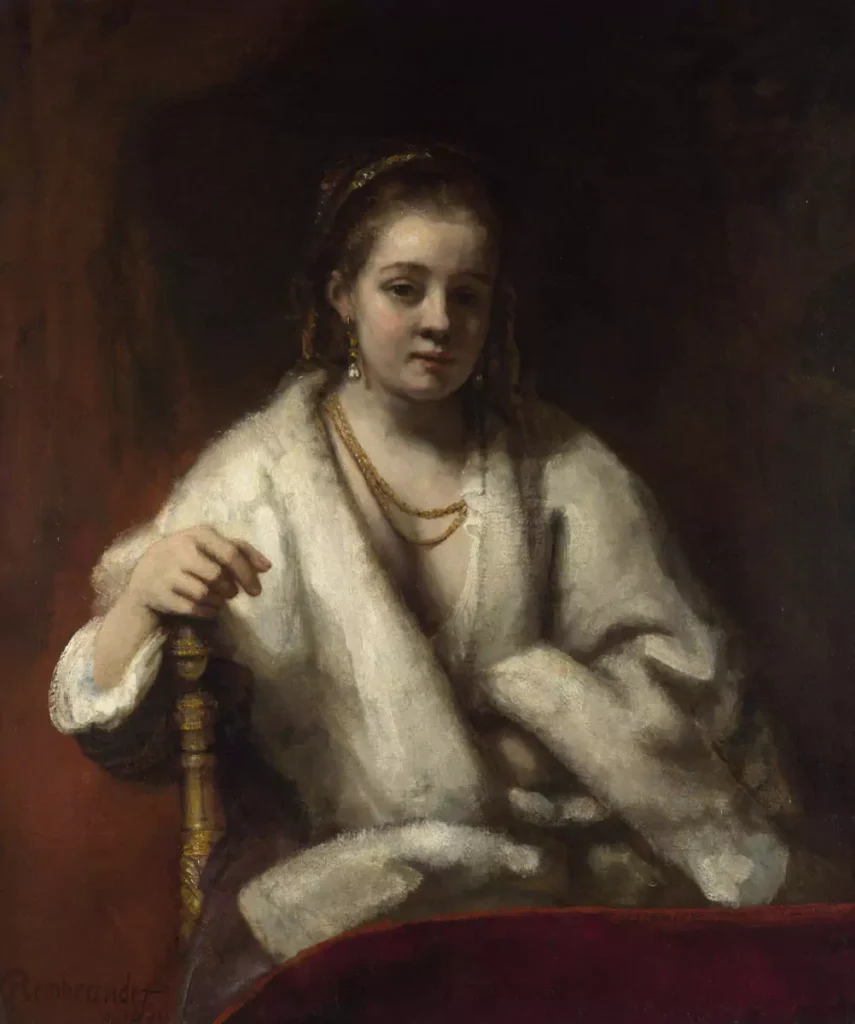
A Face of Serenity, A Return to Tenderness, and a New Artistic Chapter
Hendrickje, unlike Geertje, accepted her role without resistance. She became his greatest supporter, managing his affairs and even modeling for him. In Bathsheba at Her Bath (1654), believed to depict Hendrickje, her soft, contemplative gaze and natural beauty contrast with the dramatic lighting, showcasing Rembrandt’s mastery of human emotion.
A Woman Condemned, A Family in Ruins, and Love Until the End
Their unconventional relationship angered the church, and Hendrickje was publicly condemned for “living in sin.” Yet, she remained by Rembrandt’s side until her death in 1663. In the end, she gave him stability when he needed it most, proving that love, even when unrecognized by law, could be the strongest force of all.
The Women Who Made the Artist
Saskia, Geertje, and Hendrickje were not just passive figures in Rembrandt’s life—they shaped his art, inspired his creativity, and defined his emotional highs and lows. Through their faces, you can trace his evolution as an artist and as a man. Each portrait, sketch, and etching tells a deeper story of love, loss, conflict, and resilience.
When you look at Rembrandt’s works now, consider the women behind them—their joys, their sorrows, and the lives they lived beyond the canvas. Their influence lingers, forever captured in the light and shadow of his timeless art.

This article is published on ArtAddict Galleria, where we explore the intersections of art, history, and culture. Stay tuned for more insights and discoveries!
